
HBO’s Euphoria is not just another teen drama
There are many TV shows on air at the moment that focus on the adolescent lives of high school students and the struggles that come with them; Euphoria is one of them. The modern HBO teen drama follows the troubled life of 17-year-old Rue, a drug addict fresh from rehab with no plans to stay clean. Next to Rue, we also follow the lives of some of her peers, including Jules, a transgender girl searching for where she belongs; Nate, a jock whose anger issues mask sexual insecurities; Chris, a football star who finds the adjustment from high school to college harder than expected; Cassie, whose sexual history continues to dog her; and Kat, a body-conscious teen exploring her sexuality. In this paper, I will explore the ways in which Euphoria sets itself apart from the many, many other teen dramas on television right now, and how the producers were able to achieve this.
Euphoria and Multimediality
First of all, Euphoria prominently features the utilization of multiple media. This is not something new in itself. The HBO show combines media in a way we have seen many TV shows and movies do before, such as merging voice-overs with their visual material. For example, Euphoria is entirely narrated by Rue. The protagonist explains how certain situations panned out and gives descriptions of how she sees other characters.
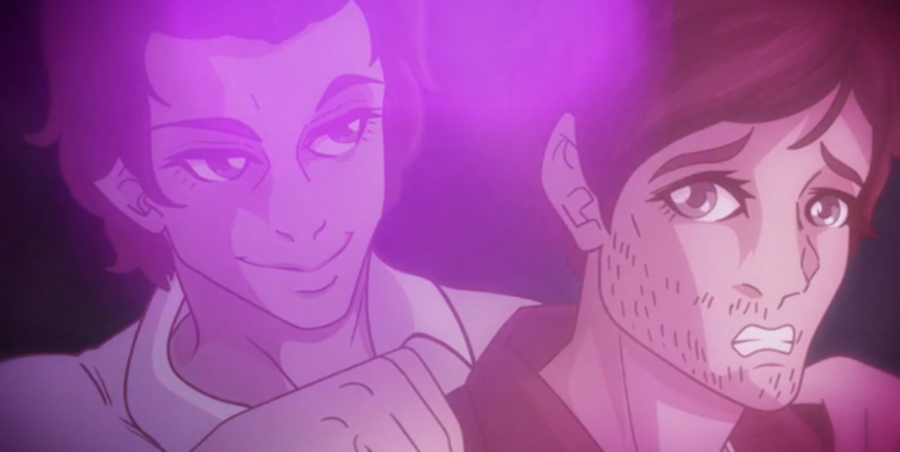
Figure 1: Snippet of Kat’s fanfiction about Harry Styles and Louis Tomlinson
But Euphoria also makes use of multiple media in a more one-of-a-kind way; namely by incorporating animation into the TV show. The scene where Rue talks about the sexual fanfiction Kat wrote about Harry Styles and Louis Tomlinson from One Direction shows a transition from their usual way of filming to a fully animated style (see Figure 1). By showing Kat's fanfiction completely by way of animation, the creators of Euphoria employ multimediality as a method to add more depth to their characters and storyline.
Narratively complex TV
What also makes Euphoria unique is the way in which it portrays its characters. At the start of each episode, one of the circle of students is put in the spotlight, before the episode moves on to the central topic. This little part in the beginning suggests that the episode will reveal more about the background of a particular character.
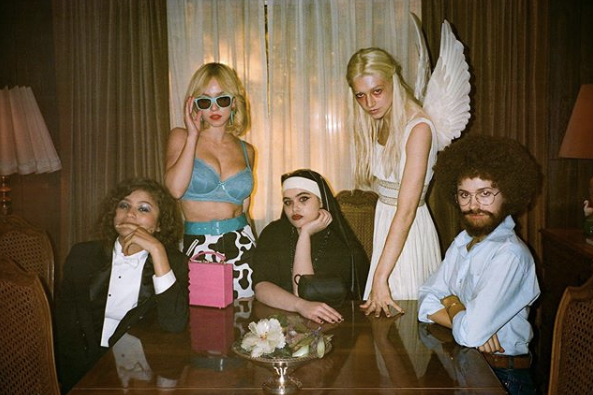
Figure 2: Euphoria's central set of characters
Although Rue can easily be crowned as the main character of the show given that she narrates the episodes, Euphoria does not solely focus on the life of one character. It follows six different characters who are all fully fleshed out with different personalities and histories. The assembling of multiple storylines on TV might not be completely novel, but the depth that Euphoria writers put into these storylines might very well be. Viewers are able to get a good understanding of not only the life and emotions of the main character but of all the other characters in the show too. This is a significant element of what is known as narratively complex TV.
TV shows require procedural literacy, meaning that viewers need to learn how to read and understand the protocols and procedures underlying the series.
Extended character depth is not the only feature of narratively complex TV in which Euphoria excels. The show also includes ongoing plotting and episodic variations, meaning that, if you miss one episode of the show, you cannot smoothly get back into the story. You have to see every single episode in detail in order to fully understand the storyline and its characters. This demonstrates that Euphoria is catering to a certain “elite” audience that pays attention to the complexity of the plot and that tries to actively follow the show.
Narrative special effects
According to Jason Mittell (2006), TV shows require procedural literacy, meaning that viewers need to learn how to read and understand the protocols and procedures underlying the series.
Euphoria actively focuses on the manner in which its production follows protocols and procedures, first of all by making viewers aware of the medium in which the story is set. For example, the show breaks the fourth wall in various ways, from Rue directly addressing the camera on multiple occasions to Rue being aware of the fact that she is narrating a story to an audience. In one of the episodes, Rue’s voice-over says: “There’s a couple versions of what happened that night. But I’m not always the most reliable narrator.” This way, the producers of the show pull the viewer out of the story to make them aware of the fact that they are watching a TV show that is produced according to certain protocols and procedures.
But it is not only Euphoria’s direct focus on the camera that makes the viewer aware of the creative mechanics involved in the production of the show. The way in which certain scenes are shot also makes the viewer realize that the medium plays a big part in the story it is trying to convey. For example, Euphoria often makes use of spinning cinematography to communicate how the characters are feeling and what they are thinking.
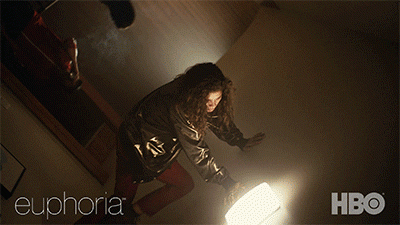
Figure 3: The start of the rotating room scene
The way scenes are shot is especially powerful when it comes to the scenes in which Rue is using drugs. In a scene in which Rue has just gotten high, the producers made the entire set spin around while the extras were pinned to the ground. This made it look like Rue was walking upside down through a hallway (see Figure 3). Through this technique, the creators of Euphoria tried to communicate the highs and lows of drug use.
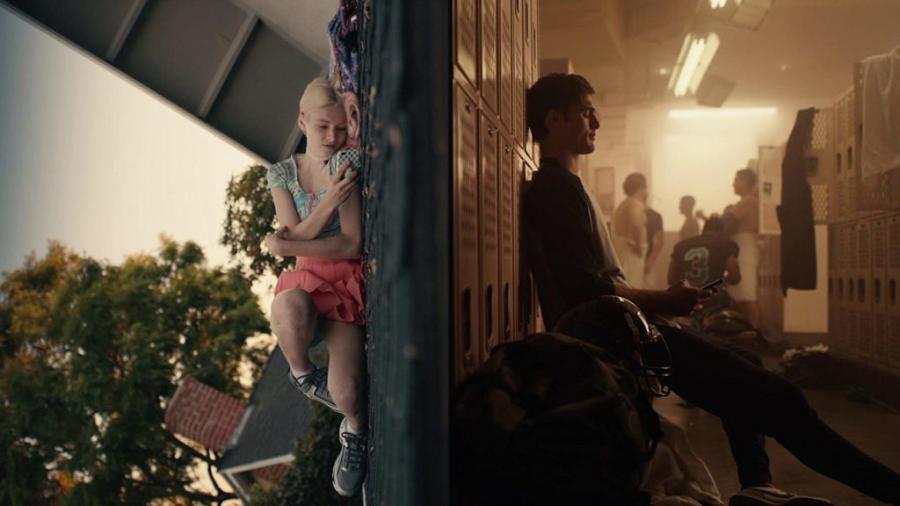
Figure 4: Example of Euphoria’s cinematography
The cinematographers of Euphoria thus use the medium in which the story is told to enhance the story and its characters further. The creators of the HBO show pay attention to the narrative's special effects, which forces the audience to not only be immersed in the story but to take a step back and take in the whole picture the medium creates. These touches make viewers question the operational aesthetics of a show; they make them wonder exactly how the creators were able to produce a story like this.
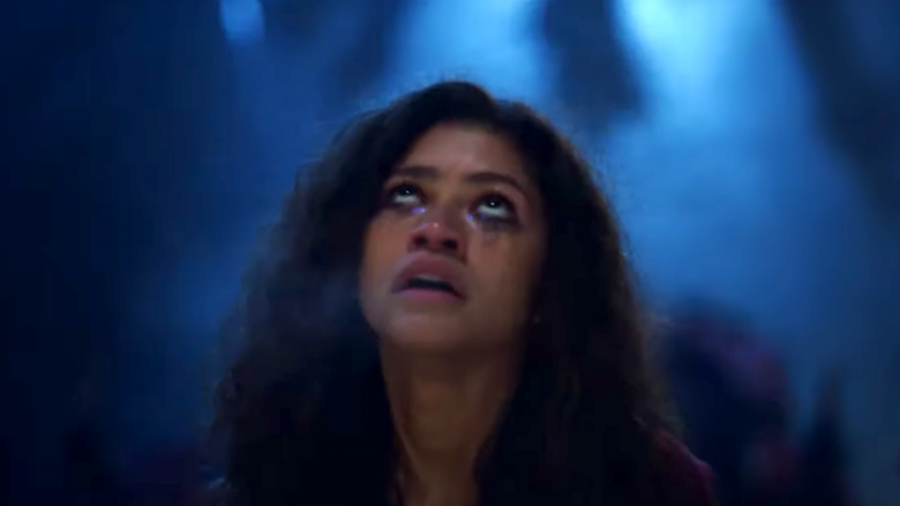
Figure 5: Still from season one's final scene
The TV show also integrates genre-mixing by adding musical elements in the season one finale. Overall, Euphoria can easily be characterized as a modern teen drama, but the producers of the show seem to enjoy playing around with this genre label. The final scene of season one in which Rue relapses is turned into a musical number. A gospel choir, a marching band, and her father all make appearances during this act to symbolize Rue’s struggle with addiction. Euphoria thus plays around with the boundaries of what TV genre it belongs to.
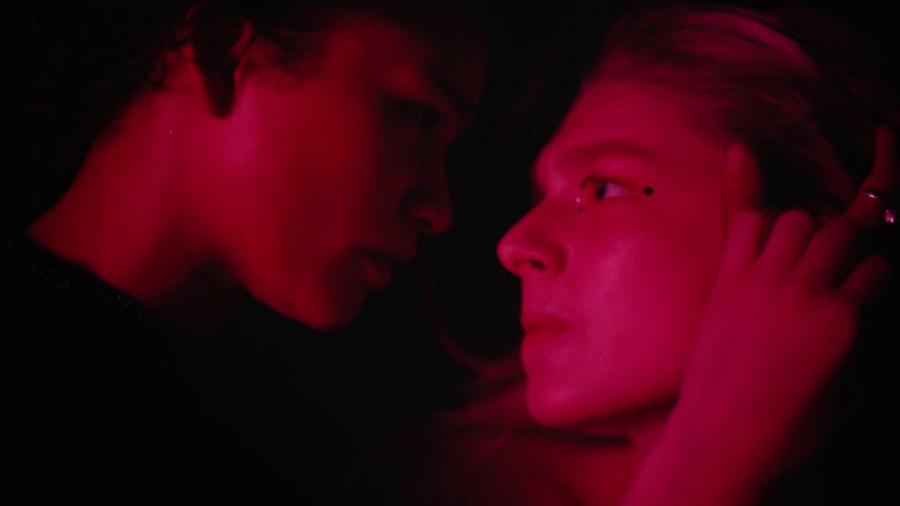
Figure 6: Still of the make-out scene
Lastly, another narrative special effect that is put into practice in Euphoria is the dream/fantasy sequence. Over the course of the show, multiple characters are under the influence of drugs and this allows for some heavily fantasy-like (but also heavily confusing) scenes. The scene in which Jules is in a club under the influence of drugs is one of them. This scene showcases an ever-changing sequence of Jules making out with Anna, one of the show's minor characters, but also with Rue, and even with Nate. The emotions this fantasy evokes in Jules might be very real, but the person Jules is hooking up with being three people at once is not.
Euphoria make-up trends
One of the biggest elements that Euphoria is known for on the Internet and what sets it apart from other TV shows about teenagers is the characters' make-up. From stars sprinkled across cheekbones to Technicolor liner drawn in fanciful shapes, the make-up looks featured on Euphoria are something that is not often seen on TV. And it is not just a few characters indulging in these atypical make-up looks either. Bold, unconventional make-up seems to be the norm in Euphoria.
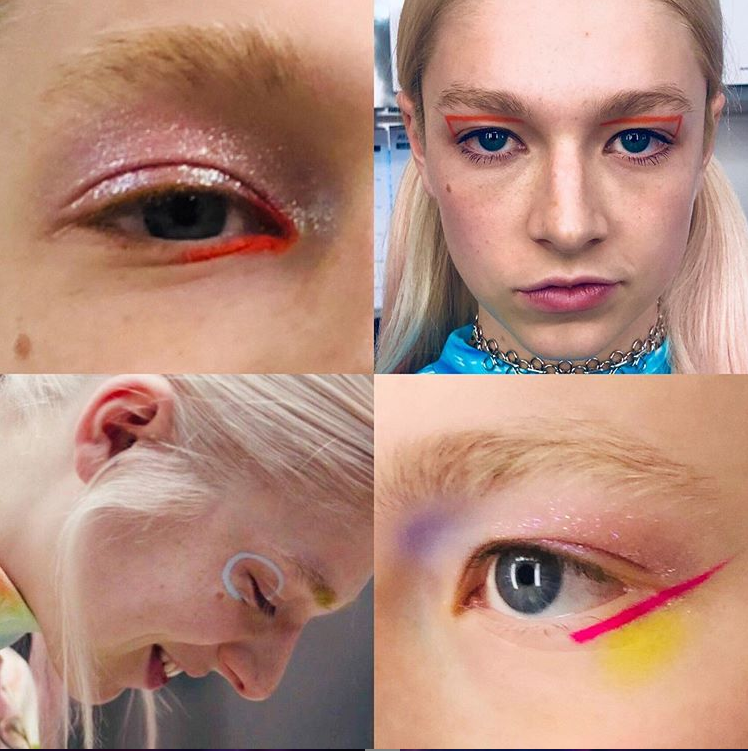
Figure 7: Example of Jules’ make-up on Euphoria
Make-up artist Doniella says she utilizes the make-up looks in Euphoria in order to communicate how the characters are feeling. She says that make-up styling can express irony, joy, fearlessness, vulnerability, heartbreak, and anxiety. It is thus unsurprising to see that most of the Internet has picked up on this idea of expressive make-up and made this bold and unconventional style into a trend. In fact, Doniella has also stated that she designed the make-up looks to inspire people to recreate their own versions of the looks, or to try things they did not feel were allowed or appropriate for everyday wear.
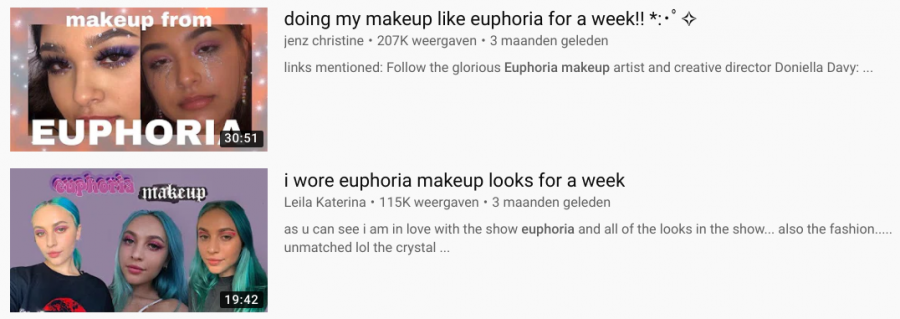
Figure 8: Examples of YouTubers recreating Euphoria make-up
The make-up trends sprouting from Euphoria show elements of transmedia storytelling. This type of storytelling places new demands on customers, namely demanding that the customers do more than just consume the narrative. Euphoria viewers have taken their watching experience over to other media by creating make-up tutorials inspired by the show and thus by actively engaging with the content of the show online. The show's make-up artist had the vision to create art that viewers would want to create as well, and this is exactly what happened. Euphoria fans thus do not simply watch the show, but they actively participate in its culture across different media.
Not just another teen drama
All in all, it is safe to say that Euphoria breaks with the more conventional rules of modern teen dramas. The HBO show displays the gritty reality of being a teenager in the modern age and all the chaos that comes with it. By playing with the camerawork and bringing animation into the show the creators manage to ensure that the storyline is conveyed in a truly unique way. Already renewed for a second season, Euphoria is set to leave viewers on the edge of their seats for at least another year.
References
Mittell, J. (2006). Narrative complexity in contemporary American television. University of Texas Press.